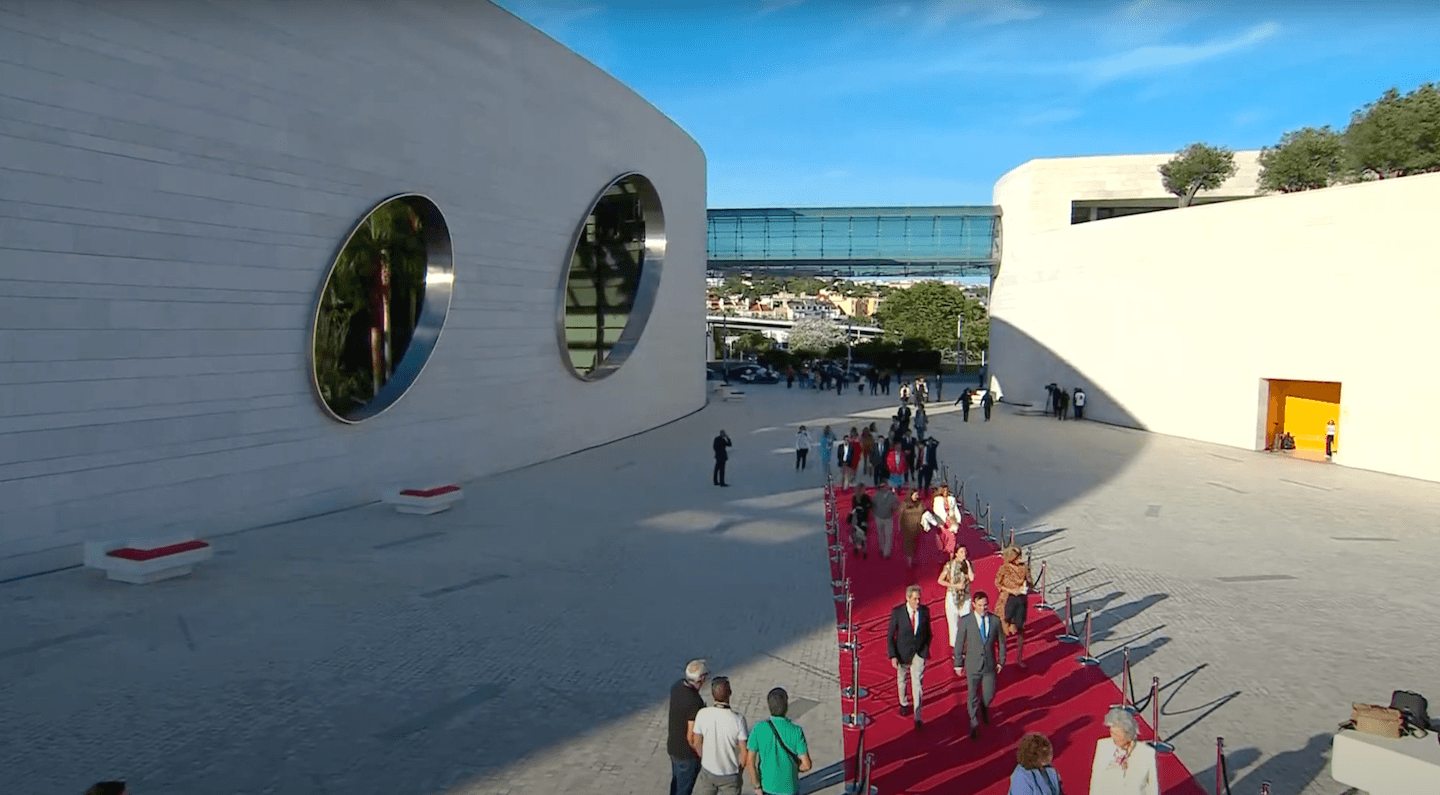Four researchers based in the United States have been awarded a $1 million prize by a Portuguese foundation for their pioneering work on how the human brain distinguishes faces, shapes, and colors. This significant achievement has advanced the field of visual neuroscience and opened new avenues for treating vision disorders and cognitive decline.
The Award and Its Recipients
The Champalimaud Foundation’s Vision Award 2024 has been bestowed upon four distinguished researchers: Margaret Livingstone of Harvard Medical School, Nancy Kanwisher of the Massachusetts Institute of Technology, Doris Tsao of the University of California, Berkeley, and Winrich Freiwald of Rockefeller University. Their collective work has significantly advanced our understanding of facial recognition processes.
Research
The researchers’ work has led to groundbreaking insights in the field of visual neuroscience. Their studies have elucidated how the human brain processes and distinguishes faces, shapes, and colors. This research has not only deepened scientific understanding but also paved the way for practical applications, including treatment of visual disorders and the potential to combat cognitive decline.
About the Champalimaud Foundation
The Champalimaud Foundation is a leading biomedical research center based in Lisbon, Portugal, dedicated to advancing scientific knowledge in areas such as neuroscience, cancer research, and eye care. Established in 2004 by António Champalimaud, the foundation focuses on pioneering research aimed at understanding and treating diseases that impact millions worldwide.

The foundation’s flagship project is the Champalimaud Centre for the Unknown, a state-of-the-art facility that combines cutting-edge research with clinical care, offering treatments to patients while also advancing knowledge through its research initiatives. It is renowned for its interdisciplinary approach, combining science and technology to push the boundaries of medical research.













